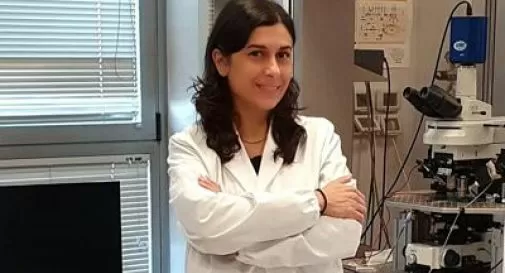Rome, Dec. 4 (Adnkronos Health) – From the laboratories of the University of Rome Tor Vergata and the Santa Lucia Irccs Foundation comes a new discovery on the mechanisms underlying repetitive autistic behaviors and on the molecular targets useful for their pharmacological treatment. The study was conceived, directed and conducted by Ada Ledonne, a researcher in Pharmacology at the University of Rome Tor Vergata and the Santa Lucia Irccs Foundation in Rome, and was published in the journal Molecular Psychiatry.
The research team focused on understanding the neurobiological basis of repetitive behaviors in individuals with autism spectrum disorder (ASD). These behaviors, which can include repetitive movements, rituals, and fixations on specific objects or topics, are a common feature of ASD and can significantly impact the daily lives of those affected.
Ledonne and her team discovered that these behaviors are linked to a specific molecular pathway in the brain, involving the protein mTOR. This protein is known to play a crucial role in regulating cell growth and metabolism, and its dysregulation has been linked to various neurological disorders, including ASD.
Through their research, the team was able to identify a potential target for pharmacological treatment of repetitive behaviors in ASD. By inhibiting the mTOR pathway, they were able to reduce these behaviors in animal models of ASD. This finding opens up new possibilities for the development of targeted therapies for individuals with ASD.
Ledonne emphasized the importance of this discovery, stating, “Understanding the underlying mechanisms of repetitive behaviors in ASD is crucial for the development of effective treatments. Our study provides valuable insights into the role of the mTOR pathway in these behaviors and identifies a potential target for pharmacological intervention.”
The study also sheds light on the complex nature of ASD and the need for personalized treatments. Ledonne explained, “ASD is a highly heterogeneous disorder, and not all individuals will respond to the same treatment. By identifying specific molecular targets, we can work towards developing personalized therapies that target the underlying causes of repetitive behaviors in each individual.”
The research team’s findings have significant implications for the field of autism research and could potentially lead to the development of new treatments for individuals with ASD. Ledonne and her team are already planning further studies to build on their findings and explore other potential targets for pharmacological intervention.
The study was met with enthusiasm by the scientific community, with experts praising the team’s innovative approach and the potential impact of their findings. Dr. Maria Rossi, a leading researcher in the field of autism, stated, “This study represents a significant step forward in our understanding of the neurobiological basis of repetitive behaviors in ASD. The identification of a potential target for pharmacological treatment is a promising development that could greatly improve the lives of individuals with ASD.”
In conclusion, the research conducted by Ledonne and her team at the University of Rome Tor Vergata and the Santa Lucia Irccs Foundation has provided valuable insights into the mechanisms underlying repetitive behaviors in ASD. Their discovery of a potential target for pharmacological treatment opens up new possibilities for the development of personalized therapies for individuals with ASD. This study represents a significant advancement in the field of autism research and brings hope for improved treatments and outcomes for individuals with ASD.

